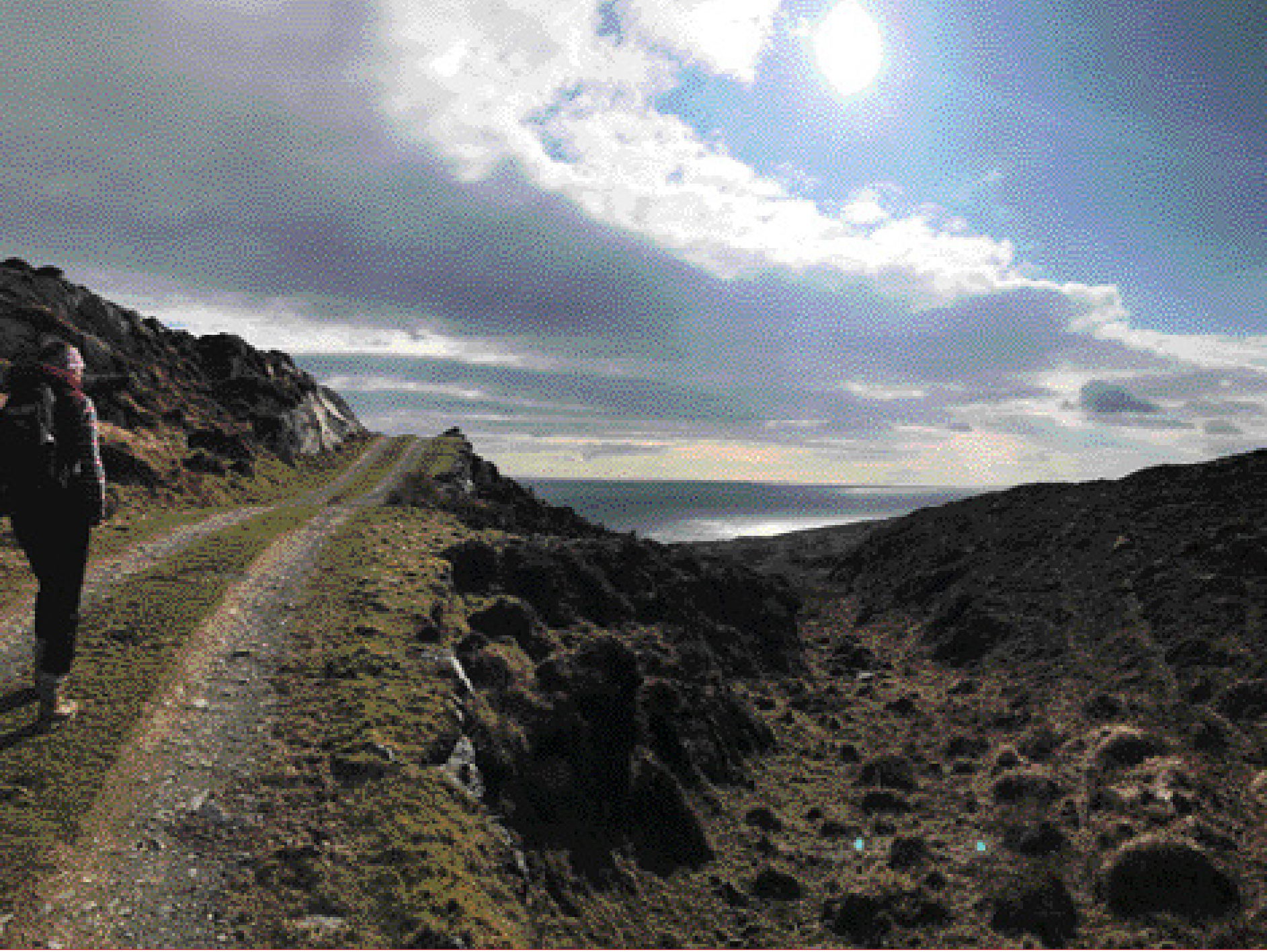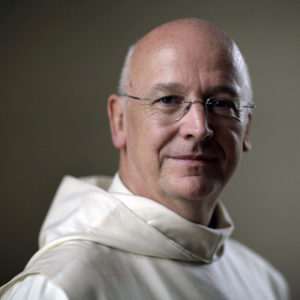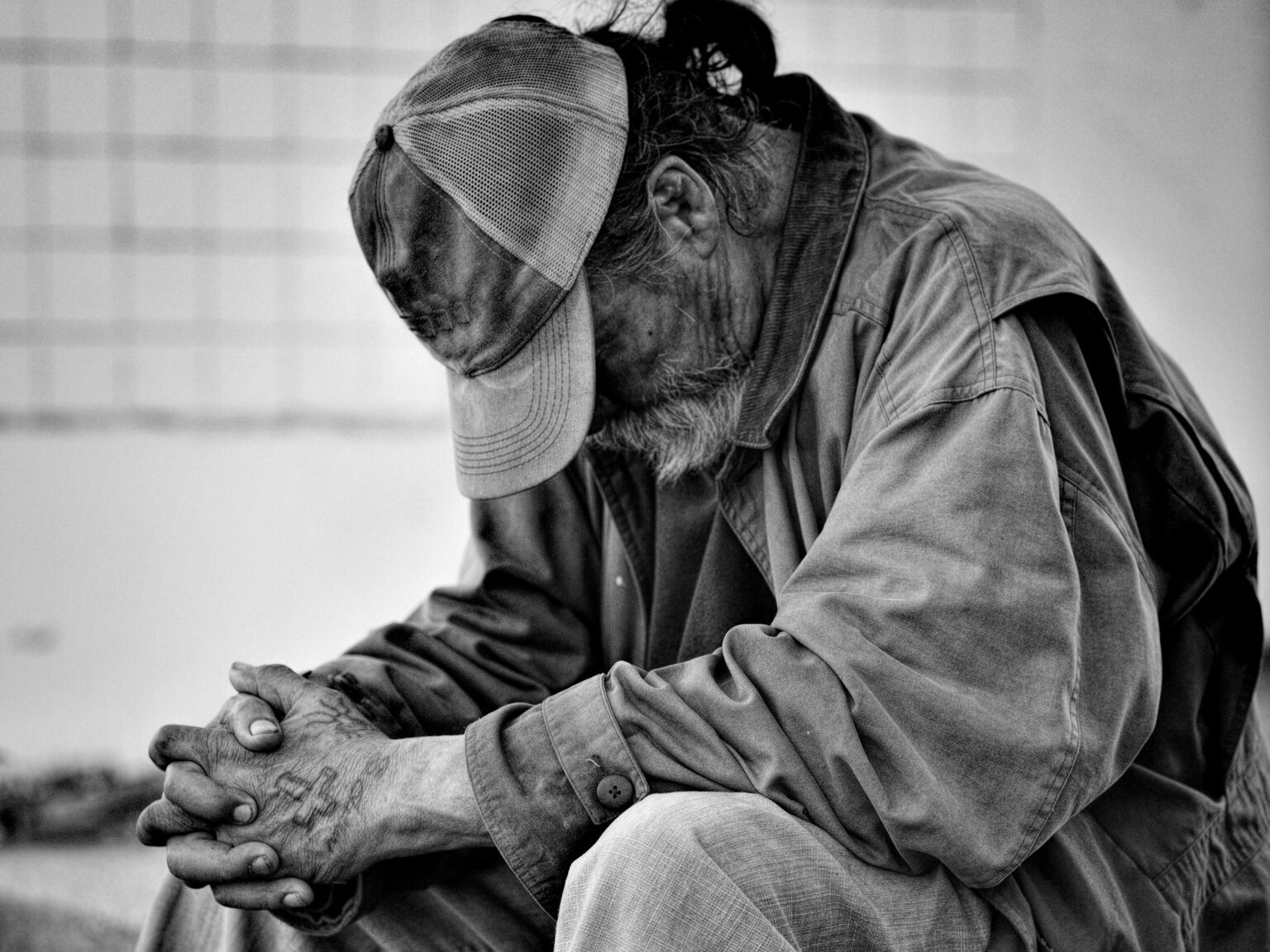Dear friends,
Before Easter a number of meditators involved in the leadership of the WCCM met for a crisp but sunny weekend at Turvey Abbey, part of my monastic family. Representing the geographical, gender and generational range of our members, we discussed the changes that that the Community is passing through. For a while now it has seemed to me that we have reached a kind of ceiling in our growth. We are outgrowing some of the structures with which we have been clothed for some time. I do not mean just measurable growth, the metrics of the WCCM but, more importantly, spiritual growth, too. As we discussed all this, we saw, as always, how the inner and the outer reflect each other to form the whole.
Whenever an individual, a marriage or an organisation becomes aware of this kind of change it is time for decision. Do we stay as we are or, tempting as that may be, do we breathe in deeply, inspiringly, to create more space for the spirit to work? Change and growth can be disturbing and exciting in equal measure. How we face it exposes us to ourselves. Do we fear, resist or deny it? Do we embrace it in faith?
By deciding to go forward with Bonnevaux we have already opted to grow, to go forward in faith, rather than merely managing what we have. As John Main said,
“Meditation is the prayer of faith because we have to leave ourselves behind before the Other appears and without the pre-packaged guarantee that He will appear. “
Word into Silence
We are doing it prudently. Among our leadership there are entrepreneurs who quite like risk and conservative managers who are rather wary of it. Overall, by the end of the weekend, we were on the same page, energised with a sense both of groundedness and adventure. We had begun to identify the forms of change and adaptation that the Spirit is calling us into: what we are meant to be for each other and for the world. Our meeting was a joyful and creative clarifying of what the Community is being summoned to become – and how we need to manage change. We agreed that Bonnevaux is both a sign of this change and a sign of our decision to embrace it in faith. Meetings like this – like meditation itself – don’t solve all our problems – though, I am glad to say, we did solve a few. More importantly, we were able to see them as challenges we can manage and to feel united and supported in responding confidently to them.
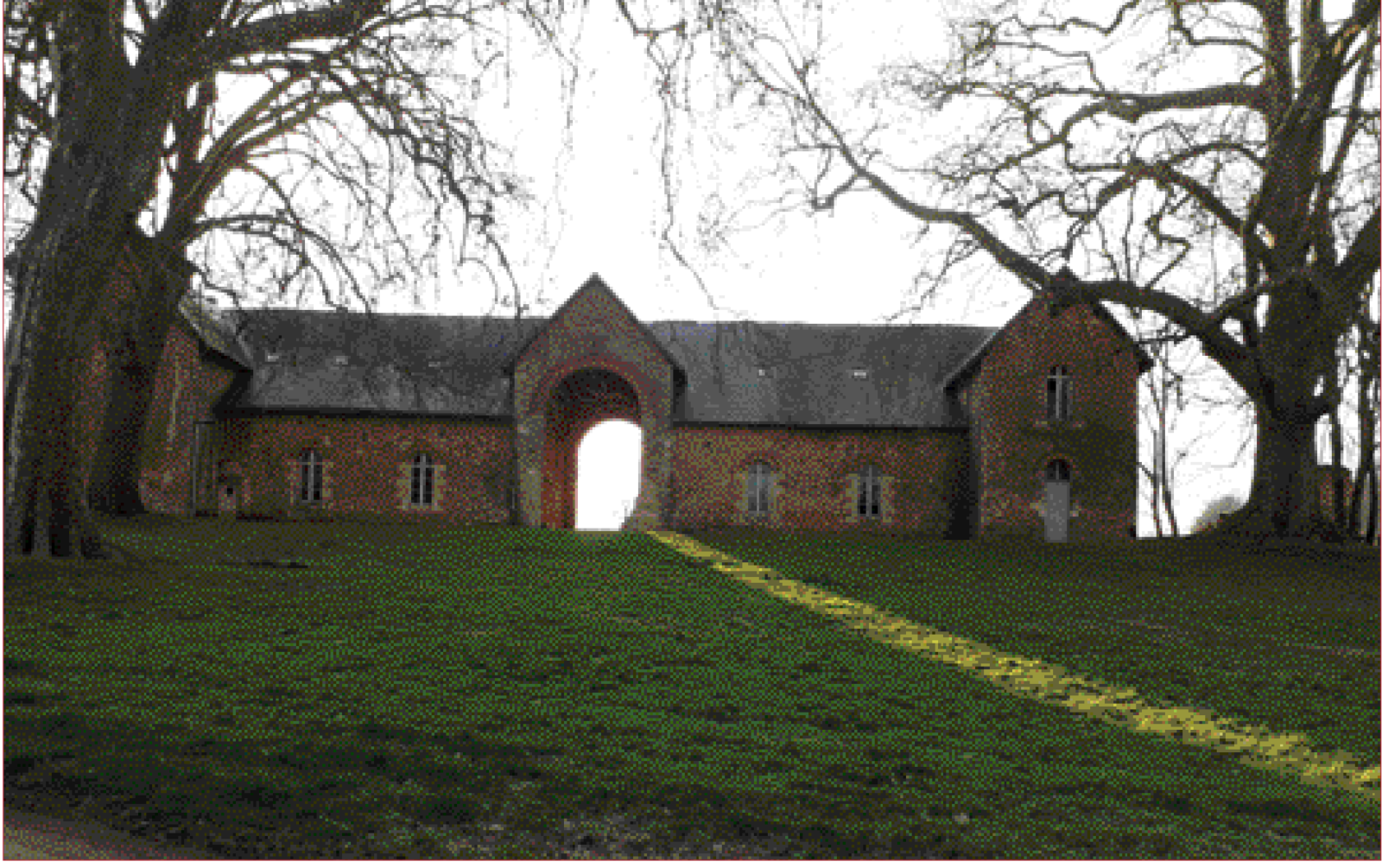
Sixty million years ago a ten kilometre wide asteroid hit the earth creating the vast Chicxulub Crater in Mexico. It led to the quite rapid extinction of the dinosaurs. Biologists today think we are passing through the sixth mass extinction on the planet, this one caused to a significant degree by human mistreatment of our home due to a devastating collapse of our relationship to its ecology and to each other.
Change is and has ever been endemic to all forms of life. How we be come conscious of it and respond to it determines whether the outcome is growth or decline. Yet all growth involves some decline. New forms of life build on the extinction of others. The human challenge is not to be in total control as our increasingly widespread mechanistic model of everything would have us think. It is to be fully conscious of the forms of change we are passing through. Consciousness sheds light into darkness. And where there is this light there comes quickly a lightness of soul, a spring in our step, a sense of humour and confidence mingled with humility.
Thinking and talking about it is a powerful help (as we did at Turvey, and as we all need to do when things change in our life for good or ill). But however helpful thinking is, it is limited by language, culture and our own patchwork of ignorance and knowledge, of light and shade, our personal and collective histories tugging at us from the unconscious. Merely putting our ideas into practice, as if we were just managers of life’s changing forms, often produces results we never anticipated. Why should this surprise or disappoint us as it often does? We cannot see around corners. Good thinking also needs striking metaphors to clarify and crystallise meaning. With the right symbol or an apt comparison, a complex, anxiety-producing situation suddenly becomes clear and confident. (Christ is the ‘metaphor’ to those who see him in faith.)
Deeper than thought or the best of images, we need clear consciousness. Continuous change underpins the variations of pattern and the alterations of light and shade in all life. Every painting is a combination of light and shade. Without both, there would be no picture – merely either blinding light or impenetrable blackness. Without both, our personalities and character would fail to develop into the unique work of art we are called to be. In this life our experience – day by day as well as in the pattern of decades – is like a painting. We are being created now and in every instant by how we live and respond to the varying shifts and shades in the light and, of course, to the occasional total eclipses we all undergo.
Recently I met a mother who had lost her young teenage son in a tragic incident. She described him to me with such total recall and such total love that I felt I knew him. Somehow, he became present with us through her grief-stricken love. For her and all his family he had been a source of light and happiness, full of energy, caring and passion for life. The intensity of such a source of light is, forgive the pun, a source of endless delight. But that very light, when withdrawn, creates a black hole of equivalent intensity. Black holes – and death is one – are impenetrable and inexplicable in the ruthless way they swallow the light.
Not all of us have to endure the kind of darkness this woman had been plunged into. But none of us escape the interweaving of light and shade we see in the Passion of Jesus, which we re-lived over Easter and which, in unique ways, unfolds itself through every life. Year by year, sharing in the re-telling of this story, we see how it is a universal metaphor, a commentary on the human condition bringing to consciousness shadowy parts of our mind and half-forgotten experiences from the past. Hour by hour in these few days, Jesus passed from the triumphant entry into Jerusalem (when everything is celebratory and successful, we have won the lottery and the love of our life) to exclusion and injustice, betrayal, rejection, abuse and death.
Like four cameras recording from different angles, the gospels create overlapping views of the same events. None of them focus on the physical suffering as an end or a meaning in itself. What is most unforgettable is the way, after the watershed of Gethsemane, that Jesus undergoes his Passion. He passes through it with the necessary speed, not rushing, not lingering. We feel how he feels and this empathy illuminates our own passion. In his equanimity and detachment, we see how we must learn to weave light and shade into the picture, which is the unique representation of reality that we are.
“Equanimity reveals our innate capacity to accept what actually is”
Like all spiritual masters, Jesus sees prayer not merely as a means of fulfilling our desires or averting misfortune but as developing the interior clarity and harmony that we need if change is to lead to growth. ‘Set your troubled hearts at rest’, he tells us, ‘and banish your fears’. Set your mind on God’s kingdom before everything else. Risk your talent, even if you have only one: don’t bury it in the field of security where it cannot grow. Invest it in the field of change. Don’t try to observe and control the process of change and growth or you will waste valuable resources of consciousness at the wrong level. Let go and let it grow – how you do not know.
Equanimity is the key issue. How, especially in times of deep shade, do we hold to the true centre rather than being dragged down into the black hole? But, in our Jerusalem moments as well, when all goes to plan and more than we could have imagined pours into our lap, we need equanimity. Without it we remain immature, childish adults, holding power over others in families or politics, but unable to manage the light and shade, success and failure, in our own lives. We are triumphant one moment, but can be selfishly insensitive to whether it is right to proclaim it; in the next moment we collapse in despair and anger if we don’t get what we wanted.
It is not bizarre or inhuman to develop equanimity because it is not, as some believe, cold indifference or lack of feeling. Evenness of soul is a characteristic of deep mind not of superficial levels of consciousness. Equanimity reveals our innate capacity to experience and accept to the full what actually is. Because dark times can evoke denial or restless self-distraction, we are all prone to using fantasy to escape from suffering. The problem is that this only creates a new layer of darkness.
Instead, equanimity comes through endurance not evasion. It means passing though the different phases of the painting of our life at the appropriate speed. Keeping moving but not trying to skip anything we have to pass through and learn from. Endurance, however, is not just will power. It in volves surrendering our imagination to the truth revealed in a new expression of the present moment. In the contemplative mind, we renounce the option to fantasise about what could be or what might have been: we allow the images that express these false thoughts to float away. Each time we do so, we enter a new level of peace, a deeper enfolding of our consciousness with the source of consciousness.
The woman who lost her son and was facing the black hole of his absence already knew that the darkness was being occasionally relieved by flashes of light. She had learned to meditate some years ago and this discipline enabled her to keep meditating through her personal and the family’s grief. Meditating in times of darkness is harder if you haven’t already built it as a life-habit into your daily routines. Saying the mantra in the stabbing pain of loss is not easy. We should not expect instant transformation. But over time humble practice does show us that we can integrate even the worst oppositions and conflicts between light and shade that cause us suffering.
Endurance, discipline, is always a commitment to a deepening process. Eventually, we learn from experience how much better it is to dig one sixmetre well rather than six one-metre wells. Not only will we find the hidden spring, but we will find the means to share the fresh water with others.
Reducing all aspects of life including even personal relationships to mechanical, control-centred processes has led to the great fragmentation and complexity in our culture. Meditation delivers us from this constant slippage into dehumanisation. It can do this because it reminds us of the identity of wholeness and simplicity. In learning to meditate we also learn how not to complicate and divide the means of escaping fragmentation and complexity. In other words, we learn to keep it simple. We are not watching our selves saying the mantra, observing our own journey into the healing and unifying power of silence. Experience teaches us to let go of our self-reflexive consciousness and that this is simply why we return to the mantra faithfully through the infinite variations of light and shade that it will present. This leads to equanimity and restores equanimity when, as often happens, we lose it.
Silence is full attention, which is love. The source of light is love. The darkness we experience at times is our inability to see the light when it becomes blinding and, to all intents and purposes, disappears. Meditation keeps us more or less balanced through the worst. One of the best ways it achieves this is through a sense of oneness – community – with those you are meditating with. In community we detach from thinking about ‘my meditation’ or ‘my experience’ because we see and feel involved in the lives of others. This is rarely perfectly achieved. It is often tested in ego-conflicts. But if change is managed well, community remains a major contributor to equanimity. Community remains, like God, always younger than we are, if it stays centred in the ever-present moment of contemplation. Like a particle that moves at the speed of light it does not age through differences of time and location – even though it continues to grow.
“Silence is full attention, which is love”
The contemplative mind is engendered by regular immersion in the source of light. This allows consciousness to enfold into all dimensions of reality – light and shade and the transitions, the dance between them. Our capacity for attention grows stronger and ever more steady even in times of turbulence. I felt this grace of attention in the woman suffering her dark night of grief. At times, though, our consciousness and attention may be more self-aware and self-regarding. At these times we are less silent, although still supported and shepherded as we pass through the valley of the shadow of death. At other times it may transcend self-reflection altogether and the level of silence becomes full, wholly healing and fully alive.
This alteration of light and shade, then, penetrates deep even into the process of meditation. It reflects a universal law of nature that is present and obeyed, like all such laws, everywhere and at all times. By withdrawing our attention from both inner and outer objects of attention we descend deeper into it and we break through more often. Tunnels of darkness and emergence into the light form a rhythm, like that of the heartbeat or the breath. As we change we are constantly dying and constantly being born. We see in this pattern that there is an ultimate purpose to it all and that this purpose is not darkness but eternal light.
A sense of the wholeness and purpose of life is essential if we are – personally and as a human family – to navigate the forces of change buffeting us today from all directions. Not ideas alone, but human relationships are the solution. This will be a theme in the John Main Seminar in Bruges in September when several contemplatively minded speakers from diverse fields of expertise and endeavour will engage us in this reflection and dialogue. One point of view is never enough. Dialogue is the way to truth. Thought itself is never complete. Contemplation opens us to the portal of paradox through which we pass, in solitude, together.
Pope Francis has given the world a rich teaching on this unity of human purpose across all dimensions in his recent Exhortation on the Call to Holiness in the World Today. It is a remarkable, fresh view of holiness approached not from an intellectual angle but a practical, indeed incarnational one. It speaks of the holiness we find in our next-door neighbours rather than only in the stardom of sanctity, saints who are universally acknowledged. These saints can inspire us but we are not going to answer our own unique call to holiness just by imitating them. We have to be ‘holy as God is holy’ by discovering, accepting – and above all being through all the changes of life – that unique manifestation of divine love that each of us is. Because this uniqueness does not separate us from others – on the contrary it reveals our implicit belonging to each other – we cannot be holy in a state of isolation.
The Pope identifies the opposition to holiness that exists in the consumerist individualism of our time. It affects us all, but it is a special threat to the younger generation who have grown up with it as the new norm. He is also strong in exposing the false, inimical forms of holiness sometimes proposed by religious people. They believe that holiness is achieved by a cold intellectualism, a rigid adherence to rules and regulations that are often implemented or imposed in ways that disrespect our humanity. He says, for example, that the way we respond to a person sleeping out rough on a cold night has priority over bio-ethical issues. Obvious as this sounds in print, it is often not lived. In the same way politicians expressing platitudes about peace invest heavily in the armaments and chemical warfare industries.
At its most obvious, holiness develops consistency between values and realities, preaching and practice. As for Jesus, holiness is not about saying ‘Lord, Lord’ but loving one another. If Pope Francis left his exhortation on the call to holiness at this point we would nod and move on. But, as he wove the mystical view of creation into his teaching on the environment, he has woven the contemplative dimension into the practical and incarnational program of holiness that takes time to change us but soon reveals the signs of its growth.
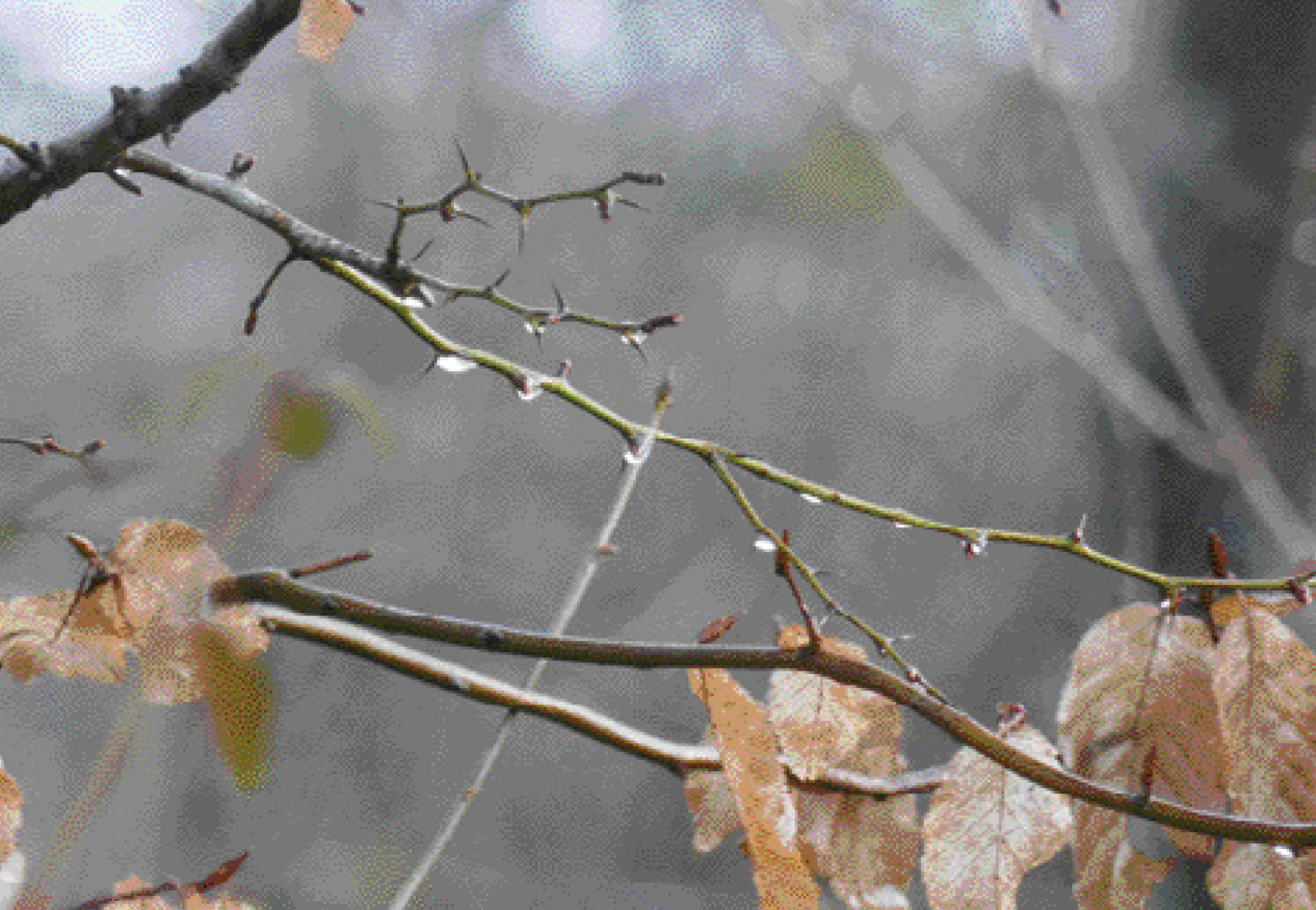
He says we cannot expect holiness to be advanced if we use times of silence and solitude to avoid our personal and social responsibilities. We don’t meditate just to deal with stress and improve personal ‘well-being’. Like happiness, these benefits of the practice are natural fruits, not first-level goals, and they are themselves signs of a deeper human wholeness. However, the Pope insists, we absolutely need times of interior silence and solitude. We need to return often and directly to the words of Jesus in Scripture, too, but eventually we enter the silence of the inner room. He quotes St Bonaventure saying,
We must suspend all the operations of the mind and we must transform the peak of our affections, directing them to God alone.
Journey of the Mind to God
Understanding the creative play of light and shade shows us that we never need to fear the oppositions and conflicts of life. The Pope reminds us that the Russian Pilgrim did not find that the prayer of the heart and his deep interiority separated him from what was going on around him. Instead, he now saw creation and humanity bathed in the light that flows from the source of light.
The mother who lost her son recently was also able to navigate the dark valley of grief with the help of the community that meditation formed and through her own continued practice. ‘I do not know how I could get through this without meditation’, she told me. I think this is simply why we meditate and help each other to keep on the path in times both of light and darkness. And it is why we commit ourselves, for the benefit of all, to helping our Community in all its challenges of growth and change.
With much love,


